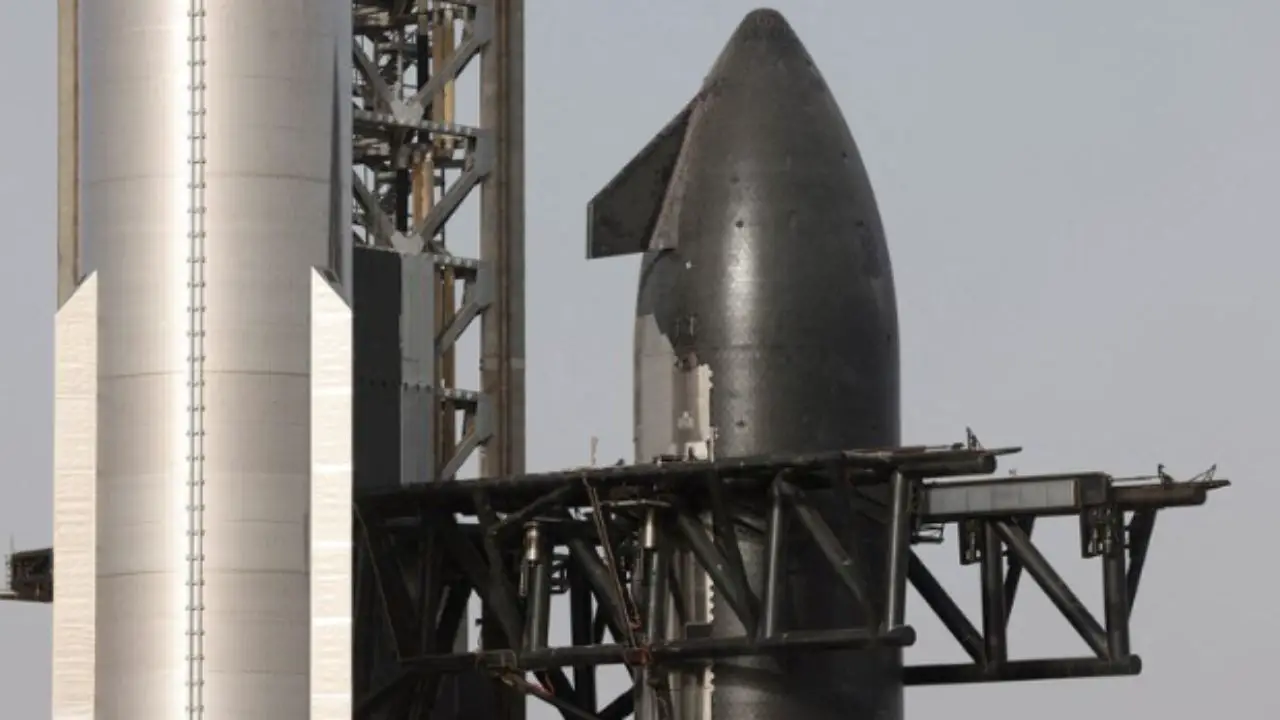SpaceX Starship’s Ninth Flight Test: A Pivotal Moment for Elon Musk’s Mars Ambitions
On May 27, 2025, at 7:30 p.m. ET, SpaceX is set to launch its Starship rocket for the ninth time from the company’s Starbase in Boca Chica, Texas—a site located just 23 miles from Brownsville near the U.S.-Mexico border. This test flight, announced by SpaceX on May 23, comes after securing regulatory approval from the Federal Aviation Administration (FAA) on May 22. For Elon Musk and SpaceX, the stakes couldn’t be higher as the company aims to overcome recent setbacks and edge closer to its ultimate goal: making humanity a multi-planetary species by colonizing Mars.
Starship, standing at over 400 feet tall, is the largest and most powerful launch vehicle ever developed, dwarfing SpaceX’s Falcon 9 rocket, which measures nearly 230 feet. The system comprises the 232-foot Super Heavy booster, powered by 33 Raptor engines, and the 171-foot upper stage, also called Starship, which uses six Raptor engines. These engines run on cryogenic liquid methane and oxygen—a “methalox” combination that marks a shift from the kerosene-based fuels used in SpaceX’s earlier Merlin engines. The Raptor 3 engines, currently under testing in 2025, are expected to deliver 280 tons of thrust, a significant improvement over earlier versions.
The upcoming flight test follows two high-profile failures earlier this year. On January 16 and March 6, 2025, Starship’s upper stage—the section designed to carry astronauts and cargo—exploded minutes into its flight, failing to achieve a planned landing in the Indian Ocean. These dramatic explosions sent fiery debris across the sky, underscoring the challenges of developing a fully reusable transportation system. In response, SpaceX has made “several hardware changes to increase reliability,” according to their official statement. The FAA’s approval came after SpaceX completed an investigation into the March 6 incident, signaling confidence in the company’s corrective measures.
For those eager to witness the launch, SpaceX will provide a livestream starting 30 minutes before liftoff, accessible on their website, the social media platform X, and the new X TV app. As SpaceX cautioned, “the schedule is dynamic and likely to change,” so viewers are encouraged to stay updated via the company’s X account. Alternatively, as noted by user
@BlueHouseZA on X, NASASpaceFlight’s YouTube channel will offer detailed coverage with additional ground-level camera angles.
Starship’s development is central to Musk’s vision of sending humans to Mars, potentially by the end of 2026, with crewed missions to follow. The rocket is designed to be fully reusable, a critical feature for reducing costs and enabling frequent missions. Beyond Mars, Starship plays a key role in NASA’s Artemis program, which aims to return humans to the Moon. The Artemis III mission plans to use Starship to ferry astronauts from lunar orbit to the Moon’s surface, although NASA’s lunar ambitions face uncertainty under President Donald Trump’s proposed budget cuts.
The broader context of Musk’s plans is complicated by demographic trends. A 2020 study from The Lancet, highlighted in a DW article, predicts a global population decline after 2064, which Musk has flagged as a concern for Mars colonization. In a January 2025 tweet, he noted, “If there aren’t enough people for Earth, then there definitely won’t be enough for Mars.” However, the study suggests a smaller population could ease environmental pressures, a silver lining amid climate concerns.
The X community’s reactions to the USA TODAY post reflect a mix of excitement and skepticism. While
@Hanrii586150 expressed enthusiasm with “fire emoji,” others like
@aaronsilverste5 were critical, suggesting Musk “crash land that garbage on Venus or Titan or Mars.”
@sean_ernye even speculated about Musk being on the rocket, predicting a “fiery crash.” Meanwhile,
@kolin_ai captured a modern sentiment: “watching rockets launch while trading rocket szn coins is peak 2025 energy tbh.”
As Starship prepares for its ninth test, the world watches closely. A successful flight could propel SpaceX closer to Musk’s interplanetary dreams, while another failure might raise further questions about the rocket’s readiness. Either way, this launch marks a defining moment in the journey to Mars.







